Unraveling the Mysteries of Canonical URL Implementation


Understanding the Significance of Canonical URLs
Canonical URLs are a fundamental aspect of search engine optimization (SEO) that often eludes even seasoned digital marketers. In a world where online content is ubiquitous and easily replicated, canonical URLs serve as a crucial tool in maintaining the integrity of your website's structure and ensuring that search engines accurately identify and index your most important pages.
At its core, the concept of canonical URLs addresses the challenge of duplicate content, which can arise when a single piece of content is accessible through multiple URLs. This duplication can confuse search engines, leading to issues with indexing, ranking, and the overall visibility of your website. By implementing canonical URLs correctly, you can assert your preferred version of a page, guiding search engines to focus on the most authoritative and relevant content.

Understanding the mechanics of canonical URLs is essential for website owners, SEO professionals, and content creators alike. In this comprehensive article, we'll unravel the mysteries of canonical URL implementation, exploring its benefits, best practices, and step-by-step guidance to help you optimize your website's presence in search engine results.
The Anatomy of Canonical URLs
Canonical URLs are HTML tags that provide search engines with a clear signal about the "preferred" version of a web page. The canonical tag, represented as <link rel="canonical" href="https://example.com/preferred-page/">, is typically placed within the <head> section of a web page's HTML code.
The href attribute within the canonical tag specifies the URL that should be considered the authoritative version of the content. This is particularly useful in scenarios where multiple URLs can access the same content, such as:
- URL parameters (e.g.,
https://example.com/page?utm_source=newsletterandhttps://example.com/page) - URL variations (e.g.,
https://example.com/pageandhttps://www.example.com/page) - Pagination (e.g.,
https://example.com/blog/page/1andhttps://example.com/blog/page/2) - Mobile-specific URLs (e.g.,
https://example.com/pageandhttps://m.example.com/page)
By implementing canonical URLs correctly, you can ensure that search engines recognize and prioritize the preferred version of your content, preventing potential issues with duplicate content and improving the overall visibility and authority of your website.

The Benefits of Canonical URL Implementation
Implementing canonical URLs offers a range of benefits that can significantly enhance your website's performance and search engine visibility. Let's explore the key advantages:
1. Avoid Duplicate Content Penalties
One of the primary benefits of canonical URLs is their ability to prevent duplicate content issues. When search engines encounter multiple versions of the same content, they may have difficulty determining which version is the most authoritative and relevant. This can result in duplicate content penalties, where search engines may choose to index and rank only one version of the content, potentially reducing the overall visibility of your website.
By using canonical URLs, you can clearly communicate to search engines which version of the content should be considered the "master" or preferred version, ensuring that your website's most important pages are properly indexed and ranked.
2. Consolidate Link Equity
Another crucial benefit of canonical URLs is their ability to consolidate link equity. Link equity, also known as "link juice," refers to the authority and relevance that a web page's inbound links pass on to that page. When multiple versions of the same content exist, the link equity is often diluted across those versions, potentially limiting the overall impact of those valuable links.
By implementing canonical URLs, you can direct all link equity to the preferred version of the content, effectively concentrating the authority and relevance of those links on the pages you deem most important. This can significantly boost the search engine ranking potential of your key pages.
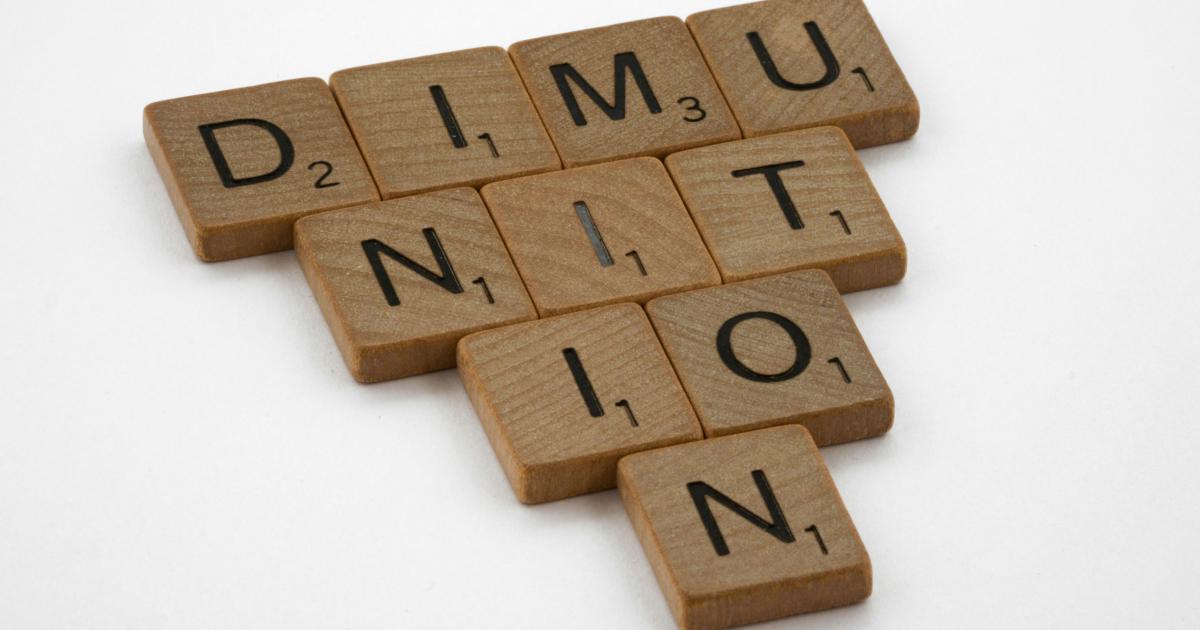
3. Improve Crawl Efficiency
Search engines, such as Google, constantly crawl the web to discover and index new content. However, this process can be resource-intensive, especially when dealing with duplicate content. By using canonical URLs, you can help search engines understand the relationships between your web pages, streamlining the crawling and indexing process.
When search engines can quickly identify the preferred versions of your content, they can focus their crawling efforts on those pages, reducing the time and resources required to index your website effectively. This, in turn, can lead to faster indexation and potentially improved rankings, as search engines favor websites that are well-organized and easy to crawl.
4. Enhance User Experience
While the primary benefits of canonical URLs are focused on search engine optimization, they can also have a positive impact on the user experience. When users encounter multiple versions of the same content, it can be confusing and lead to a fragmented experience. By implementing canonical URLs, you can ensure that users are directed to the most authoritative and relevant version of the content, providing a seamless and consistent experience.
Additionally, by consolidating link equity and improving crawl efficiency, canonical URLs can contribute to faster page load times and better overall website performance, further enhancing the user experience and potentially improving engagement and conversion rates.
Implementing Canonical URLs: Best Practices
Effective canonical URL implementation requires a strategic approach and adherence to best practices. Let's explore the essential steps to ensure your canonical URLs are set up for success:
1. Identify Potential Duplicate Content
The first step in implementing canonical URLs is to identify potential instances of duplicate content on your website. This can be done by conducting a thorough site audit, examining factors such as:
- URL variations (e.g.,
https://example.com/pagevs.https://www.example.com/page) - URL parameters (e.g.,
https://example.com/page?utm_source=newsletter) - Pagination (e.g.,
https://example.com/blog/page/1vs.https://example.com/blog/page/2) - Mobile-specific URLs (e.g.,
https://example.com/pagevs.https://m.example.com/page)
Tools like Google Search Console, Screaming Frog, or similar website crawlers can be invaluable in identifying and analyzing potential duplicate content issues on your website.

2. Determine the Preferred Version
Once you've identified the potential instances of duplicate content, the next step is to determine the preferred version of each piece of content. This is a crucial decision that should be based on factors such as:
- URL structure and readability
- Content quality and authority
- User engagement and conversion metrics
- Internal and external linking patterns
In general, you'll want to prioritize the version of the content that is most accessible, relevant, and authoritative for your target audience.
3. Implement Canonical Tags
With the preferred versions of your content identified, it's time to implement the canonical tags. This process involves adding the appropriate <link rel="canonical" href="..."> tags to the <head> section of your web pages.
When implementing canonical tags, be sure to:
- Use the absolute URL of the preferred version (e.g.,
https://example.com/pageinstead of/page) - Ensure the canonical tag is placed within the
<head>section of the HTML - Avoid circular or self-referential canonical tags (e.g.,
<link rel="canonical" href="https://example.com/page">onhttps://example.com/page) - Keep canonical tags up-to-date as your website evolves and content changes

4. Validate and Test Canonical URLs
After implementing the canonical tags, it's essential to validate and test your work to ensure everything is functioning correctly. This can be done using various tools, such as:
- Google Search Console's "URL Inspection" tool
- Bing Webmaster Tools' "Fetch as Bingbot" feature
- W3C Markup Validation Service
These tools can help you identify any issues or errors in your canonical tag implementation, allowing you to make any necessary corrections.
Additionally, you can perform manual tests by comparing the search engine results for the different versions of your content to ensure the preferred version is being correctly indexed and ranked.

5. Monitor and Maintain Canonical URLs
Canonical URL implementation is not a one-time task; it requires ongoing monitoring and maintenance to ensure the continued effectiveness of your strategy. Regularly review your website's content and URLs to identify any changes or new instances of potential duplicate content. Update your canonical tags accordingly to keep your website's structure and indexation up-to-date.
Additionally, monitor your website's performance in search engine results pages (SERPs) to identify any changes in ranking or visibility that may be related to your canonical URL implementation. This ongoing analysis will help you make informed decisions and refine your approach as needed.

Advanced Canonical URL Strategies
While the best practices outlined above cover the fundamental aspects of canonical URL implementation, there are some advanced strategies that can further optimize your website's performance:
1. Implement Rel=Alternate Hreflang Tags
For websites with international or multilingual content, the use of rel=alternate hreflang tags can work in conjunction with canonical URLs to provide search engines with additional context about your content's language and geographic targeting.
These tags help search engines understand the relationship between the different language versions of your content, allowing them to serve the most relevant pages to users based on their location and language preferences.
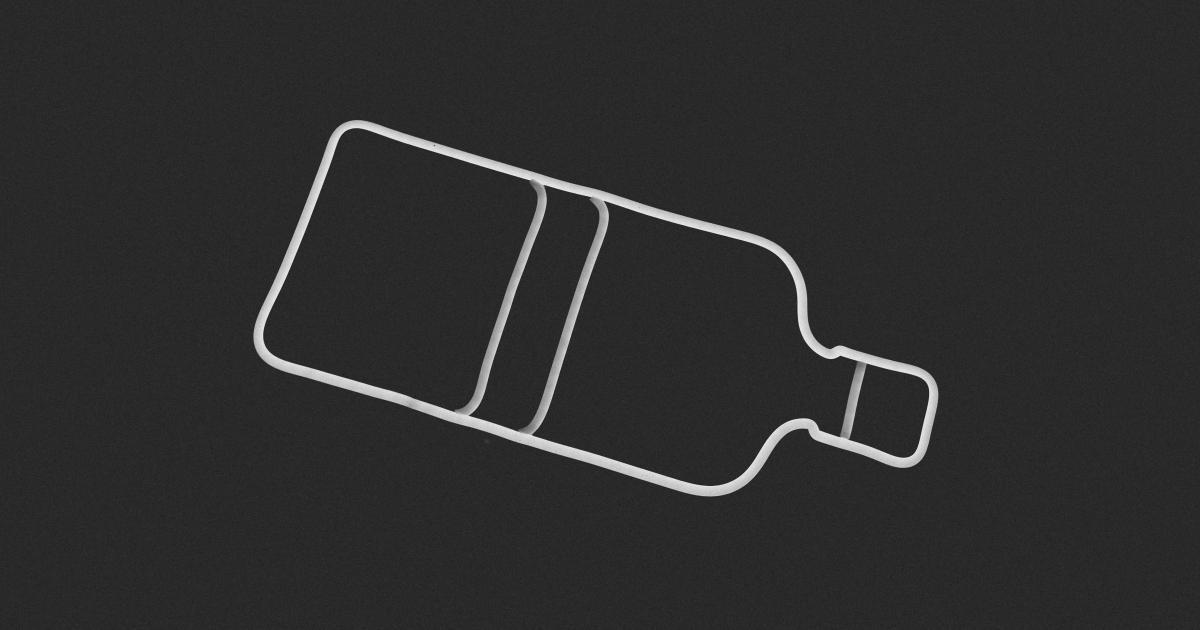
2. Leverage Canonical URLs for Faceted Navigation
Faceted navigation, often found on e-commerce and product-driven websites, can create a significant number of potential duplicate content issues due to the dynamic nature of the URLs. In these scenarios, canonical URLs can be used to consolidate the link equity and indexation of the various faceted pages.
By implementing canonical tags on faceted navigation pages, you can signal to search engines which version of the content should be considered the authoritative one, preventing potential indexation and ranking issues.

3. Use Canonical URLs for Internal Site Search
When users perform searches on your website's internal search functionality, the resulting pages can often be considered duplicate content, as they may display similar or identical content to other pages on your site.
To address this, you can implement canonical tags on your internal search result pages, pointing them to the most relevant and authoritative versions of the content. This helps search engines understand the relationship between your site's search results and the rest of your website's content structure.

4. Leverage Canonical URLs for AMP Pages
Accelerated Mobile Pages (AMP) is a Google-backed initiative that aims to provide fast-loading mobile experiences. When implementing AMP pages, it's crucial to use canonical URLs to clearly signal the relationship between the AMP version and the standard HTML version of your content.
By using canonical tags, you can ensure that search engines recognize the standard HTML version as the preferred and authoritative version of the content, while still allowing users to access the fast-loading AMP version when appropriate.
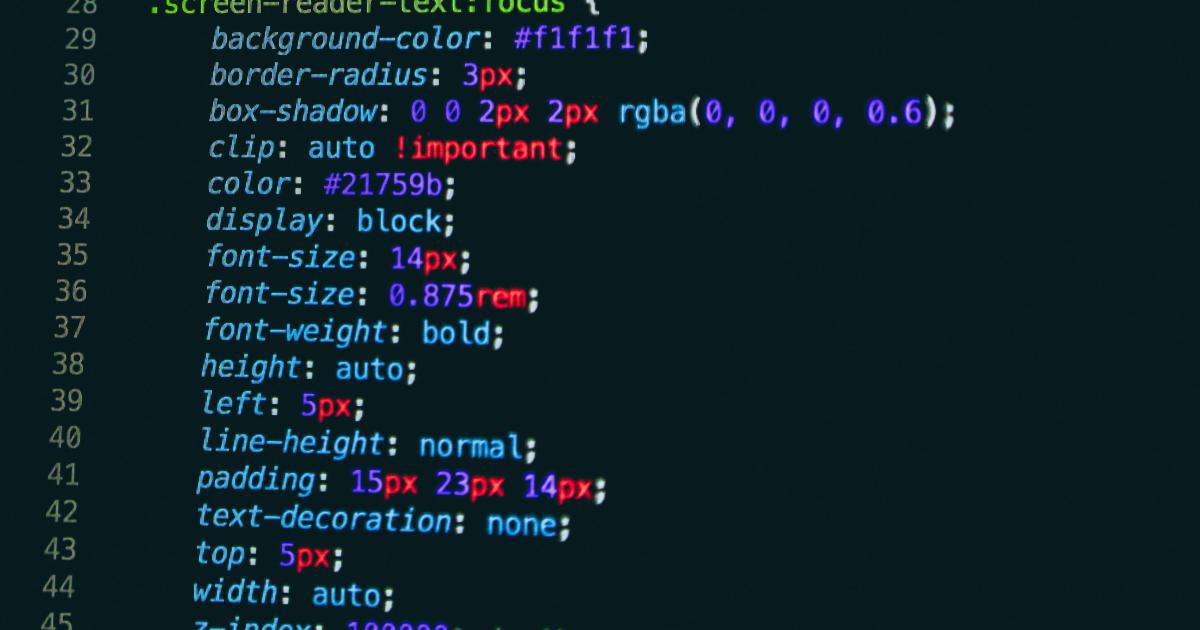
Addressing Common Canonical URL Challenges
While the implementation of canonical URLs can be a powerful tool, there are some common challenges that website owners and SEO professionals may encounter. Let's explore these challenges and discuss strategies to overcome them:
1. Dealing with Third-Party Content Syndication
When your content is syndicated or republished on other websites, it can create potential duplicate content issues. In these cases, it's essential to work with the third-party publishers to ensure they implement the appropriate canonical tags, pointing back to your original content.
By maintaining control over the canonical URLs, you can prevent search engines from indexing the syndicated content as the preferred version, which could negatively impact your website's visibility and rankings.

2. Handling URL Parameters and Query Strings
URL parameters and query strings can often lead to the creation of multiple versions of the same content, which can be challenging to manage from a canonical URL perspective. In these cases, it's important to carefully analyze the impact of each parameter and determine which version should be considered the preferred one.
Strategies such as using rel="canonical" tags, excluding specific parameters from crawling, or using URL normalization techniques can help mitigate the impact of URL parameters on your canonical URL implementation.

3. Addressing Pagination and Infinite Scrolling
Pagination and infinite scrolling are common practices on blog, e-commerce, and content-heavy websites. These features can create multiple versions of the same content, leading to potential duplicate content issues. To address this, you can implement canonical tags that link each paginated page to the first page in the sequence, ensuring search engines recognize the correct entry point for your content.
Additionally, for infinite scrolling implementations, you can use the rel="next" and rel="prev" tags to signal the relationship between the different content segments, further enhancing the search engines' understanding of your website's structure.
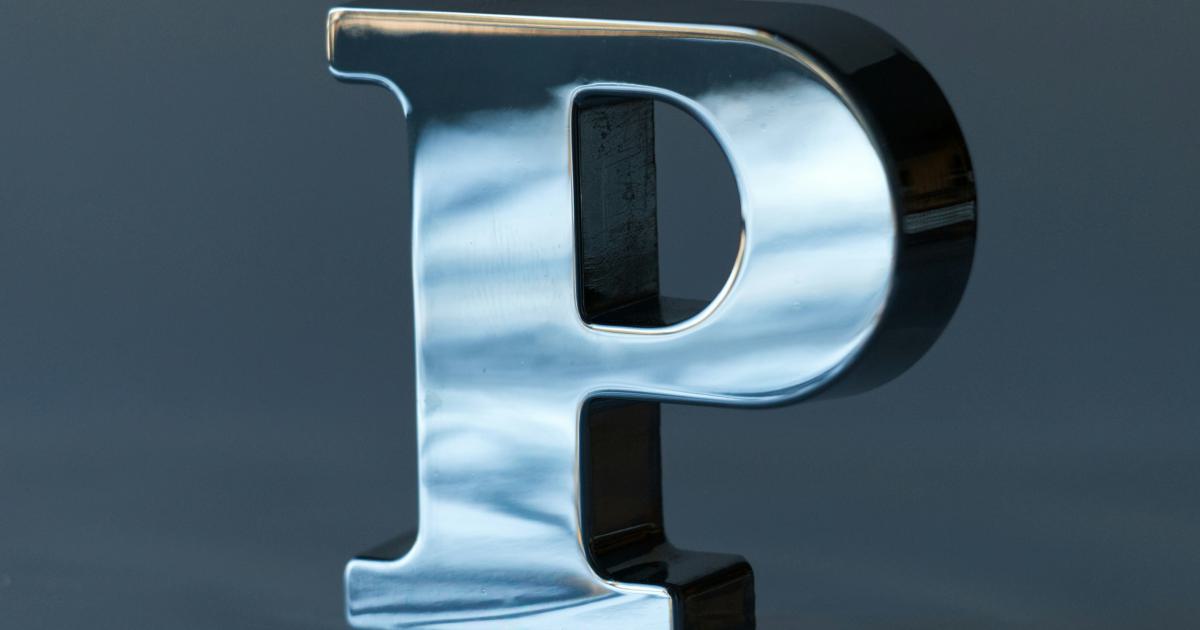
4. Handling Language and Regional Variations
For websites with content available in multiple languages or targeted to different geographic regions, the implementation of canonical URLs can become more complex. In these cases, it's crucial to use a combination of canonical tags and rel=alternate hreflang tags to accurately convey the relationships between the different language and regional versions of your content.
By properly mapping these relationships, you can ensure search engines direct users to the most relevant and preferred version of your content based on their location and language preferences.
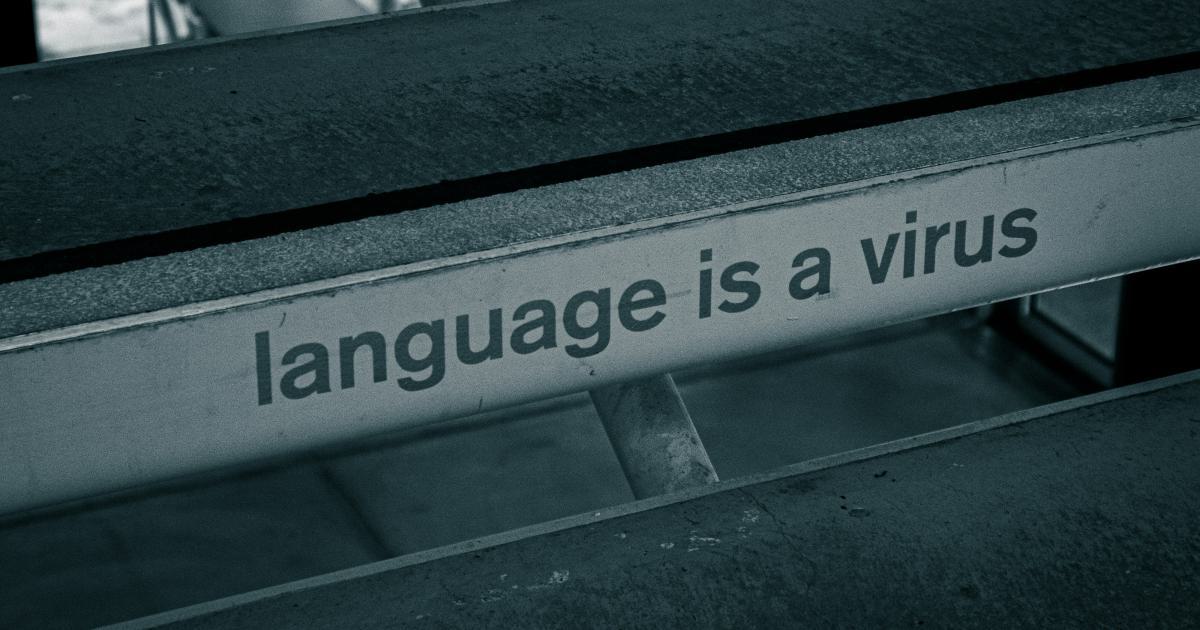
Measuring the Impact of Canonical URL Implementation
Implementing canonical URLs is not a set-and-forget exercise; it's essential to monitor and measure the impact of your efforts to ensure your website is reaping the full benefits of this powerful SEO technique.
1. Track Improvements in Search Engine Visibility
One of the most tangible metrics to measure the success of your canonical URL implementation is the improvement in your website's search engine visibility. Monitor your website's performance in search engine results pages (SERPs) for key target keywords and track any changes in rankings, click-through rates, and organic traffic.
Tools like Google Search Console, SEMrush, and Ahrefs can provide valuable insights into your website's search performance, allowing you to identify the impact of your canonical URL implementation.
2. Monitor Indexation and Crawl Efficiency
Another important metric to track is the impact of canonical URLs on your website's indexation and crawl efficiency. Use tools like Google Search Console to monitor the number of pages indexed, as well as the crawl rate and efficiency of search engine bots.
Improvements in these metrics can indicate that your canonical URL implementation is helping search engines better understand the structure and organization of your website, leading to more efficient crawling and indexation.

3. Analyze Bounce Rates and User Engagement
While the primary benefits of canonical URLs are SEO-focused, their impact can also extend to the user experience. Monitor your website's bounce rates, time on page, and other user engagement metrics to identify any improvements that may be attributed to your canonical URL implementation.
If users are experiencing a more coherent and seamless navigation experience due to your canonical URL strategy, you may observe higher engagement, lower bounce rates, and potentially improved conversion rates.
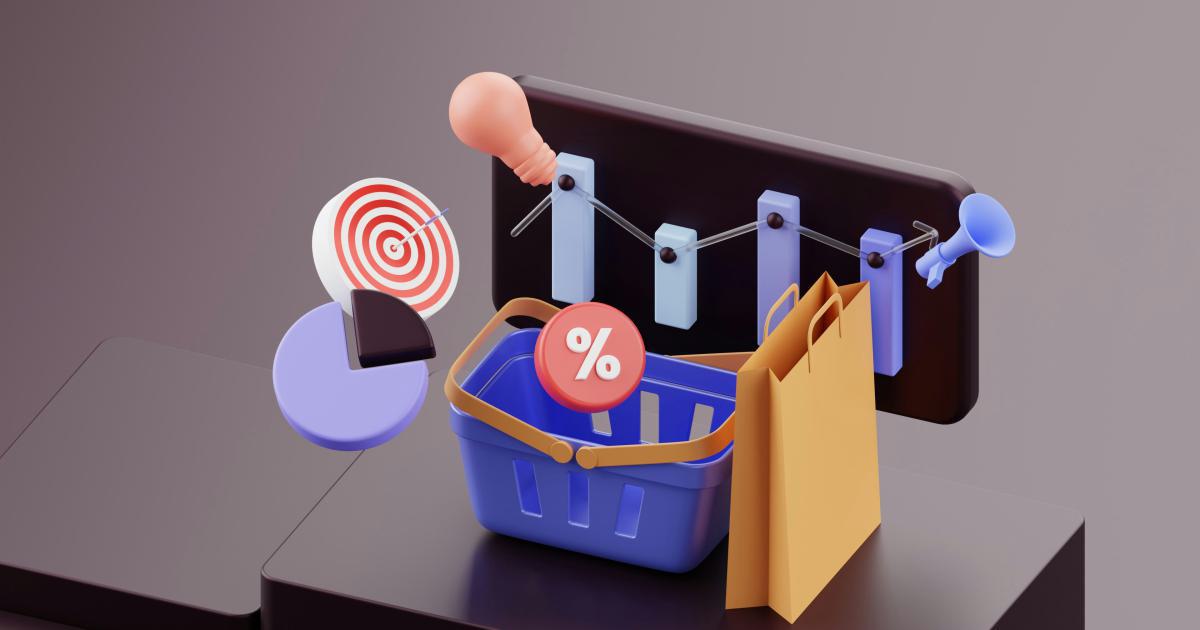
4. Evaluate the Impact on Link Equity
As discussed earlier, one of the key benefits of canonical URLs is their ability to consolidate link equity. To measure the impact of your canonical URL implementation on link equity, analyze metrics such as:
- Referring domains
- Backlink profile
- Domain authority
- PageRank
Tools like Ahrefs, Majestic, and Google Search Console can provide valuable insights into the changes in your website's link profile and the concentration of link equity on your preferred content pages.

By closely monitoring these metrics and continuously evaluating the impact of your canonical URL implementation, you can fine-tune your strategy, identify areas for improvement, and ensure that your website is optimized for maximum search engine visibility and user engagement.
Are You Crushing It in Internet Marketing?
Struggling to boost your online visibility and traffic? Semrush is the ultimate platform for digital marketers like you. With powerful SEO tools and competitive data insights, you can optimize your website, content, and campaigns for maximum impact.
Join over 7 million marketers already using Semrush to outrank their competitors, drive more qualified leads, and grow their businesses online. Get started today with a 7-day free trial, and unlock the full potential of your internet marketing strategy.
Unlock the Power of SEO with Semrush
Are you struggling to boost your online visibility and drive more traffic to your website? Semrush has the solution.
Our comprehensive platform offers advanced keyword research, competitor analysis, and SEO audits, empowering you to optimize your content and outrank your competition.